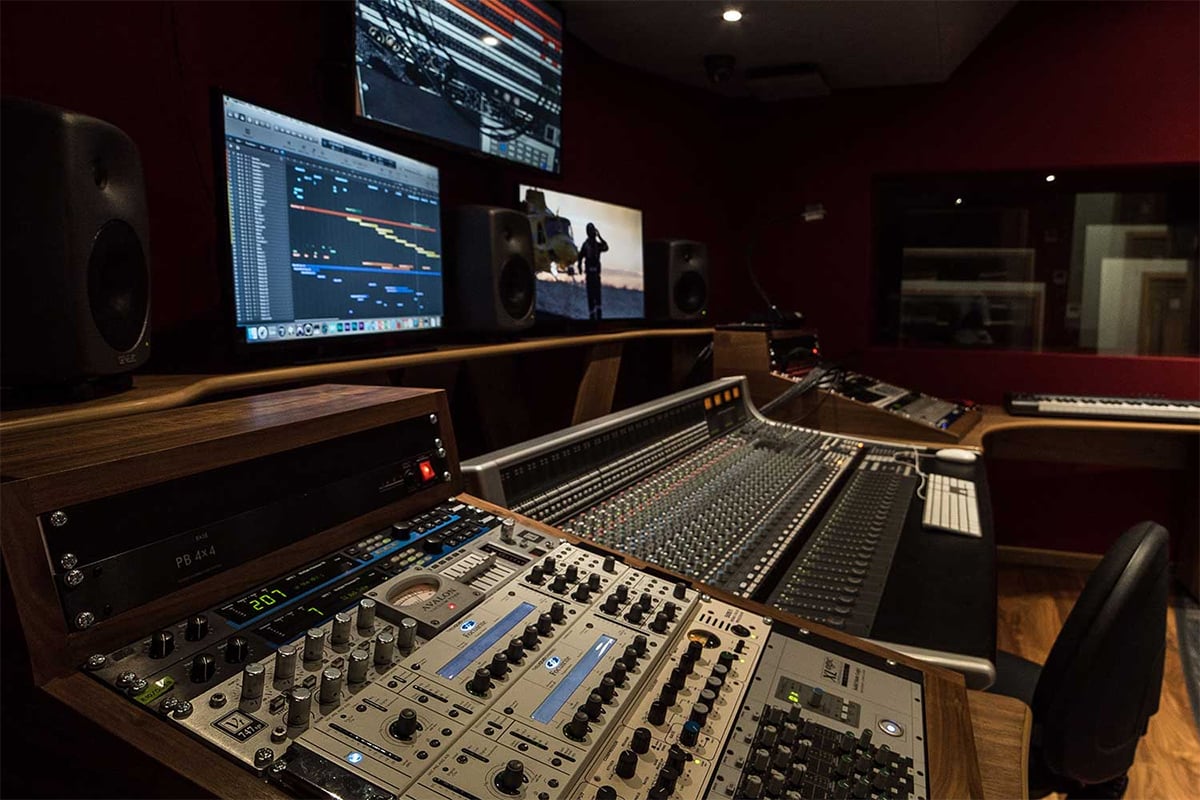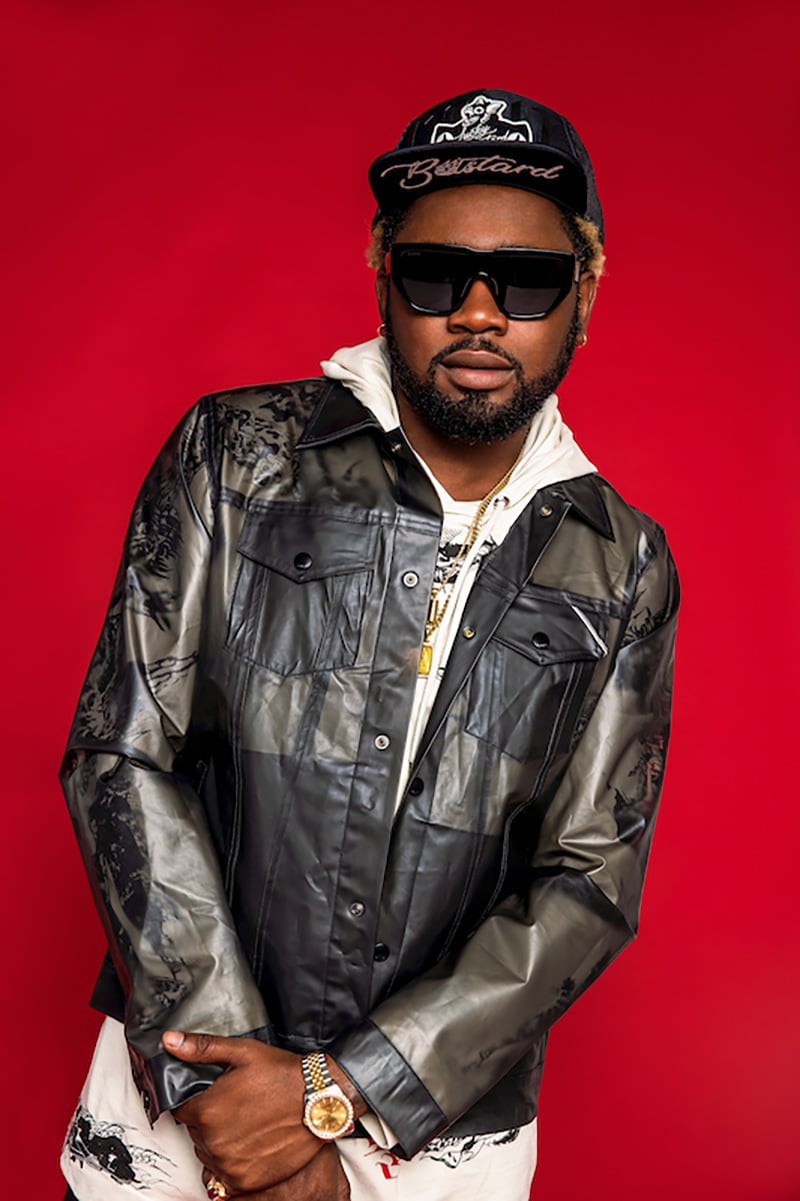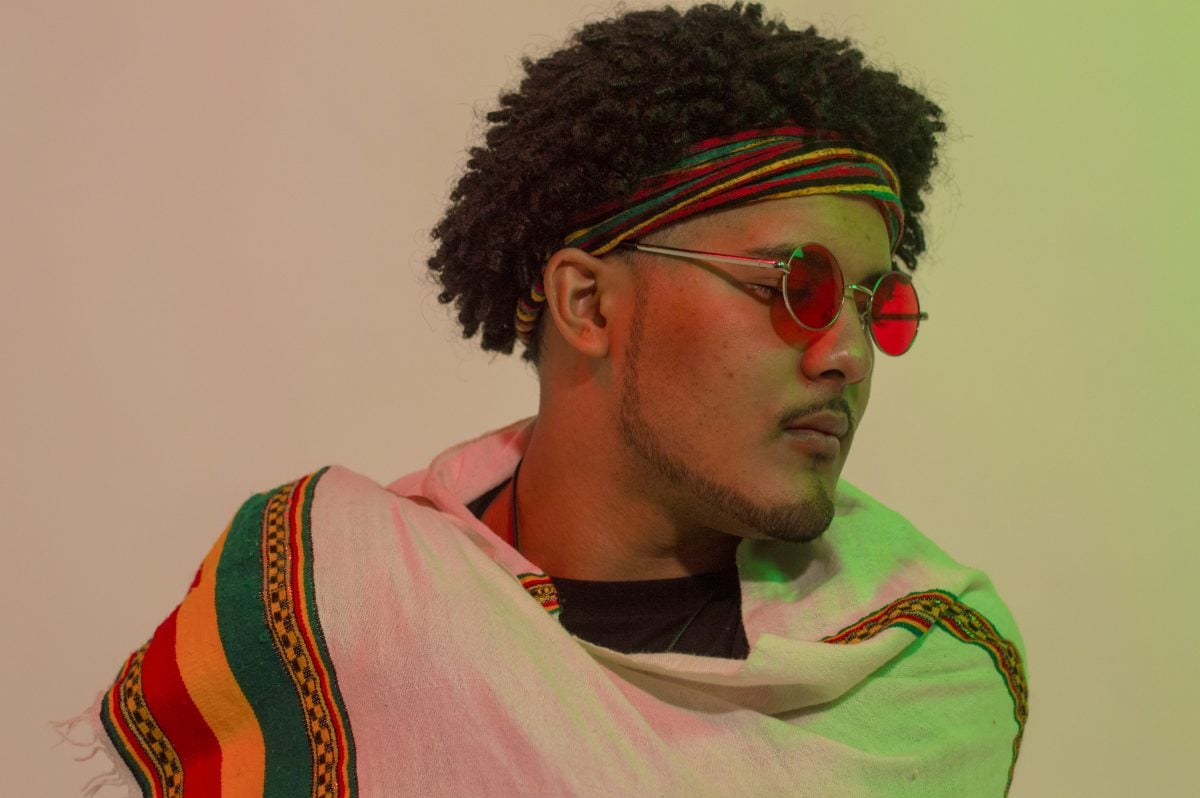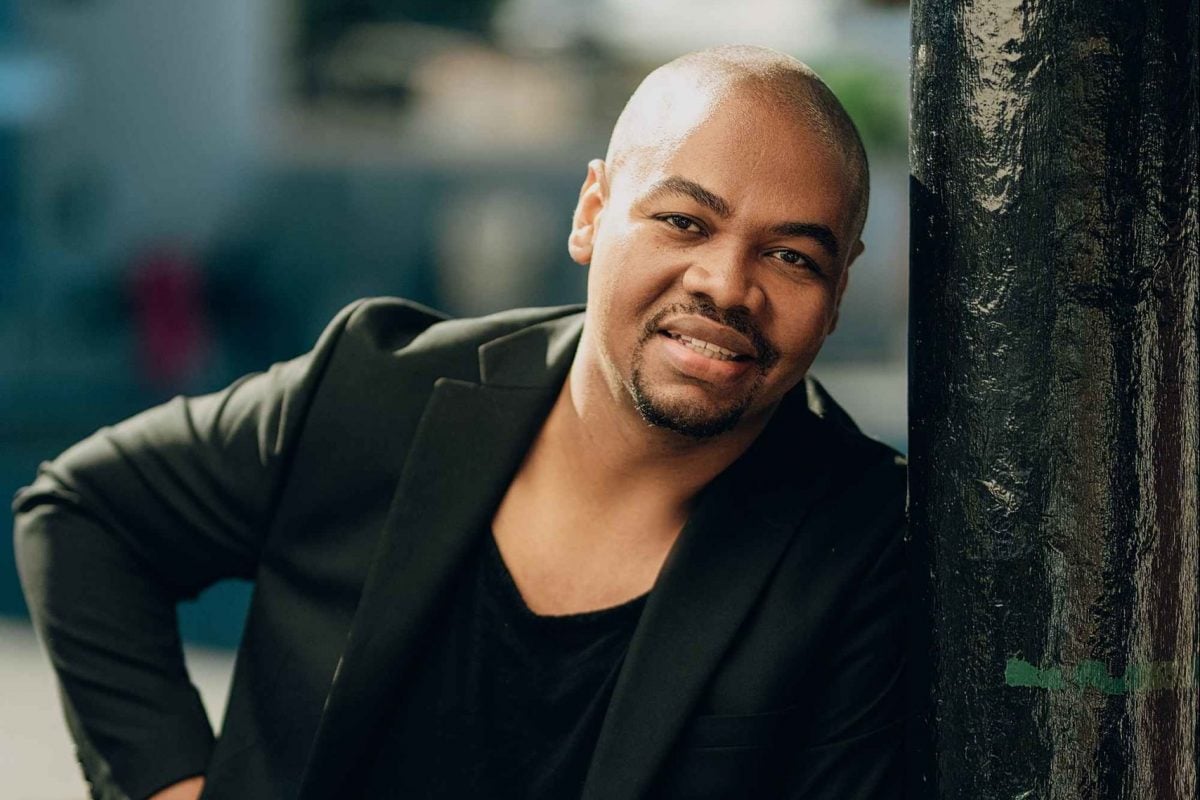Why Dancehall So Rarely Samples Anything, Including Itself

As Jamaica’s Dancehall sound tries to find its footing in new territory, sampling offers the guidance of the past. The production technique involves the reuse of the rhythm, melody, and/or vocals of a previously-recorded song in a new recording. Consider the repurposed Freddie McGregor vocals on Protoje & Lila Iké ’s In Bloom , Bob Marley ‘s Redemption Song drifting in and out of Koffee ’s x10 , the traces of the Trinidadian soca smash Work peppered into Shenseea ’s Lick , or the catchy lyrics from General Smilie & Papa Michigan’s 1979 hit Nice Up The Dance in Demarco & Stephen Marley ‘s Dance My Stress Away . Ears perk up at the sounds of the familiar and, if used well, these vibrations often swell the hearts and minds of listeners with the zap of nostalgia.
The creative and commercial potential of sampling in Dancehall music remains endless, and can fill the “production deficit” with which the genre is now struggling, according to McGregor. But, for many Jamaican artists and producers, there are hurdles standing between sample-based recording and release.
Sampling remains wildly popular among artists and producers in the US and UK, however. It is firmly entrenched in American Hip-Hop culture, with sample-laden tracks making up half of last week’s top ten on the Billboard Hot 100. Across the pond, The Guardian reported on Tuesday (May 31) that UK rappers are currently obsessed with “plundering 00s choruses to help their tracks up the charts”. While it’s not uncommon for burgeoning artists to forgo clearance and run the risk of a copyright takedown or lawsuit, others center entire workflows around keeping their sample flips above board. Producers like J Dilla, Kanye West, and Madlib have achieved legendary status among fans for their ability to build off the foundation of the past when designing the sounds of the future.
So it’s unfortunate that for all the cultural exchange that has occurred between these genres over the past half-century, sampling hasn’t taken root in Reggae and Dancehall. The genre’s musicians have sampled sporadically–and have been sampled frequently–for years, going as far back as the experiments of Dub pioneers like Lee “Scratch” Perry and King Tubby in the late ‘60s. The practice, at its best, crosses the threshold into the realm of art and it’s clear that Reggae and Dancehall practitioners possess both the imagination and the source material necessary to stretch the creative bounds further. These facts raise the question: is the barrier to entry for sampling really so insurmountable that the technique is doomed to scarcity in Jamaican music?
It Costs Too Much
Nobody Has To Know singer Kranium told DancehallMag that the biggest challenges that artists should expect to face when sampling music are the harsh realities of the free market.
“When you try fi link a Dancehall artist who have a hit song from back in the day and you try to sample it, in their brain sometimes–I don’t know weh dem get fi dem mathematics from or weh dem get fi dem idea of clearance–90 per cent of the time, it’s not easy fi clear wid dem. It’s like dem want yuh whole soul fi get a record clear where yuh not even haffi guh da route deh,” Kranium noted.

“So, it’s a turn off. There are records where a man might do a sample and it sounds good but the level of where they want to take it is not worth it and that’s what the problem is. I don’t think they’re very good at negotiating and what it is like to help a youth move forward, while getting what they deserve and the artist that’s sampling the song deserves.”
“Many times, it’s easier for me to clear a song from somebody outside of Dancehall. It’s weird to me. I don’t understand it,” he added.
On the money side, figures vary but producer Yared “BoomDraw” Lee suggested that the fee for the rights to a high-profile Dancehall/Reggae song can hover around US $10,000; a substantial sum backed by no real guarantee of a return.
Clearance Is Not Easy, Even When Affordable
On sample clearance, BoomDraw, who contributed to Jesse Royal‘s Grammy-nominated Royal album, raised the point that while the dollar amount poses a challenge, the main issue is the often byzantine process of acquiring the rights to the music from its owners.
“There are many older musicians who have no problem with their music being sampled. So, I don’t want to paint with a broad brush or make a general statement for them. The main hurdle is not even just the money of it, it’s the administrative effort it takes because when you want to sample a piece of work directly, you have to track down each person that has an ownership in that song, and each of them has to agree that yes, we’re gonna allow this sample to be cleared,” he told DancehallMag.
BoomDraw points out that it’s often a case of veteran acts not being able to–rather than not wanting to–grant permission as they no longer own the rights to the music.
“So, that can get very complicated as people are hard to find. There’s not much documentation done, people die, and different corporations own pieces of our music. So obviously you know like, I might want to sample a Beenie Man song for example, but it’s a label that actually owns the song—the label might ask me for money…or Beenie Man himself might have no problem letting me use the sample but it’s really the label or publishing company that is going to have to make that final decision. So the main hurdle is administrative, I would say.”

The division of ownership into two distinct categories, the master copyright (the recorded version of the song) and the composition copyright (the underlying music and the lyrics) poses a further challenge. It often means there are more parties to be contacted and compensated than one might expect.
“Even if people have the money to clear it, they don’t want to take the time to hunt down all of these people. If you look at the credits for a Kanye West song, for example, there are 16 people listed. If I wanted to sample that Kanye West song, I would need to go and track down all of those people and all of them have to agree to it. Obviously, you can’t tell somebody how much to value their work but just in the sense of establishing a business relationship with people, and helping out the younger generation of musicians by allowing them to breathe new life into your work.”
In addition to sharing insights about the challenges involved in sample clearance, BoomDraw offered his view on why the practice is important.
“I don’t think that there is any consideration being given to the fact that your work being sampled allows a new generation of people to have an experience with the work. So, it’s a tricky balance because people are very touchy about the work that they put out. But, at the same time, I’m in favour of whatever allows for the creation of new music because art, in general, is sacred to me so I feel like art that is derivative, or that pays homage to an older piece of work still has its own appeal. If the process was easier, or less complex, it would be a net positive for Jamaican music.”
Some Young Artists, Producers Ignorant Of The Past
In the view of music producer Sean “Contractor” Edwards, ignorance of the past and incompatibility of subject matter are to blame for the shortage of sample-based tracks in the modern Dancehall scene.
“[The younger generation] don’t know these artists. Somebody who was born in 2000 is now 22 years old….a lot of [the older] artists were born in the 1950s or 60s. Their content don’t match the older artists’ content. Their content don’t match,” Contractor told DancehallMag.
“Before they never used to sing bout no chopping and no scamming. Even the gangster songs back in the day, they weren’t so graphic. These are new topics. Artists back in the day never mek no song bout guard ring. More love songs were made. The sex songs were more subtle. The elders and these young people don’t match.”
TV/podcast host Donovan Watkis, whose latest book is titled Cultural Capital to Financial Capital, stressed the value of Jamaican cultural heritage and the importance of artists looking to that history to leave their own mark.
“Jamaica’s music has been sampled and used by artists like Kanye West, Rihanna and Burna Boy to create global chart-toppers. Young artists in Jamaica certainly must see the trend and know that the ingredients for the success they want are in their cultural legacy,” he said.

“It’s miseducation in the music business to think you need to copy others abroad before looking at home for what is useful. The foundation is already set, just build on it and you can go as far back as you want, as in the case of Shaggy who has revisited Harry Belafonte’s “Day O” which was made in the 1950s. And made two hits out of that one song.”
As it stands, clearing a popular sample requires a well-resourced village. With all the parties that need to be contacted, offers that need to be negotiated, and so on, the process quickly becomes more a question of endurance than enjoyment. Needless to say, sampling a hit isn’t an option for the sweeping majority of independent artists whose careers might be better served by lower-risk, higher-value marketing moves.
However, another alternative for this group is to cast a wider net. More obscure songs with fewer rights holders are sure to be more accessible than say, one of Sean Paul’s 19 Billboard Hot 100 hits. The scales may begin to tip in favor of those who possess vision, resourcefulness, and knowledge of the past when musicians tap this reservoir of overlooked gems.
